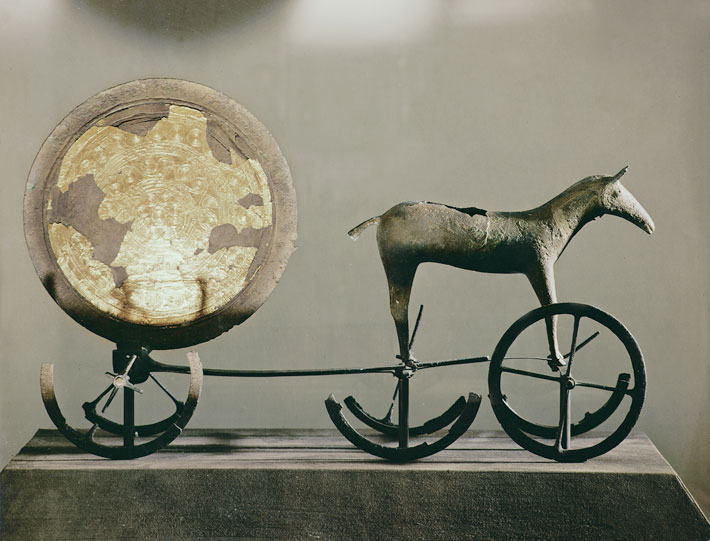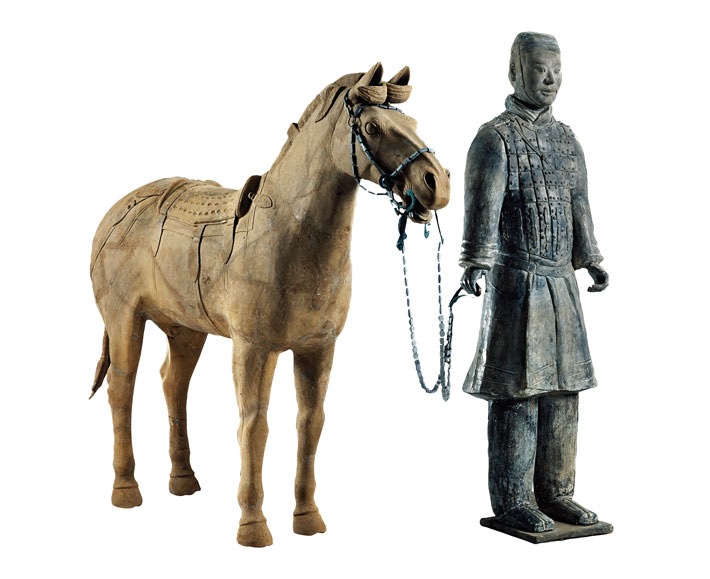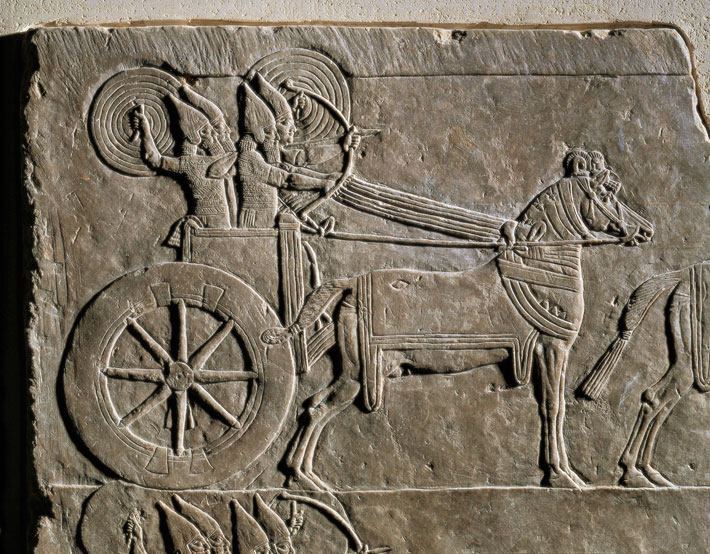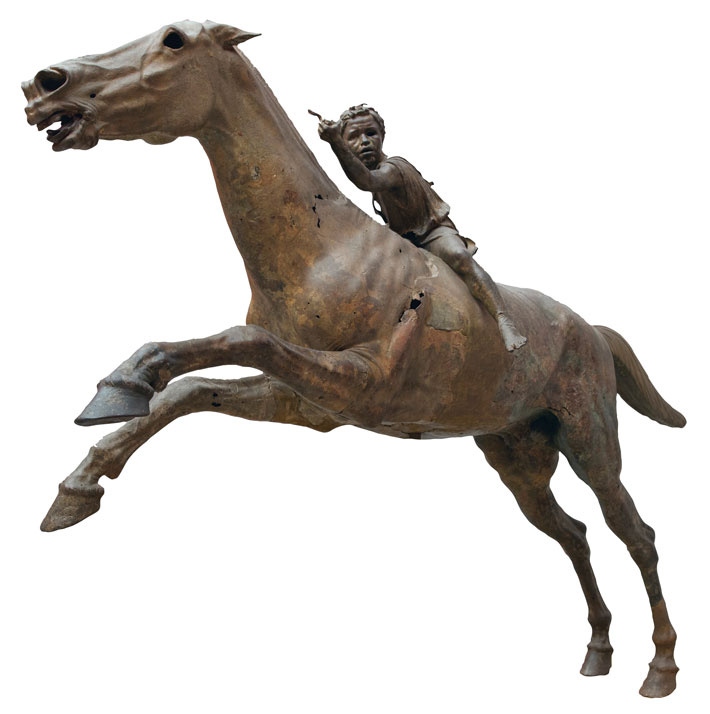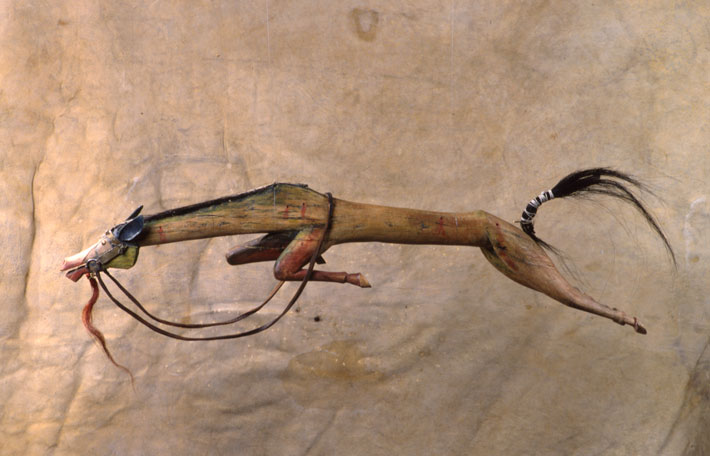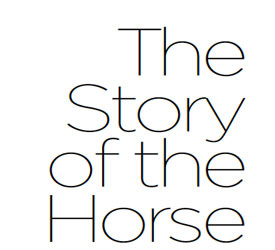Taming the Horse
July/August 2015
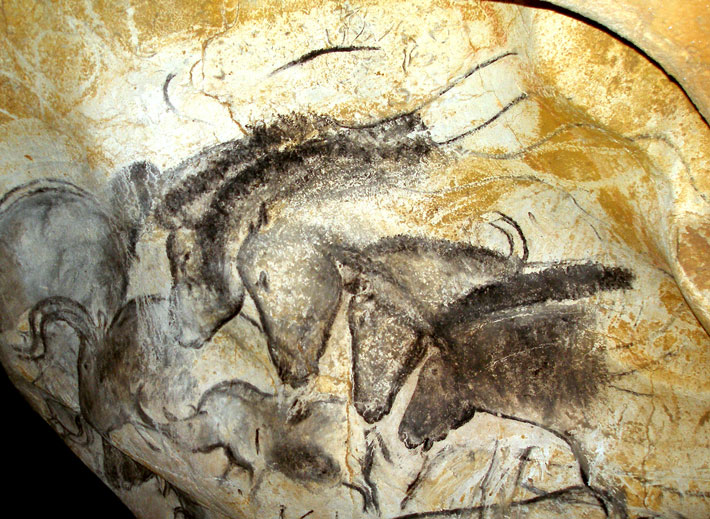
The earliest evidence for encounters between humans and horses is found at Paleolithic sites in Eurasia. Butchered horse bones indicate that early peoples used horses as an important source of food. But these swift and spirited animals also clearly fired the human imagination in ways other animals did not. Depictions of them abound in Paleolithic cave art, where horses appear more frequently than any other animal.
In the New World, where it originated, the horse became extinct after the last Ice Age, some 9,000 years ago. A changing climate, and possibly overhunting—by that time humans shared the environment—may have been factors. In much of the Old World, too, horse species disappeared as forest replaced steppe, shrinking their habitat. But on the steppe of what is today Ukraine, Russia, and Kazakhstan, Equus caballus, the species to which modern horses belong, continued to thrive in large numbers. Sometime after 5000 B.C., people in the region who were already familiar with domesticated cattle and sheep may have taken the first step toward taming the horse. Despite being powerful and aggressive, horses had an important advantage over other animals that had already been domesticated: “Horses are easier to feed through harsh winters than sheep or cattle,” says Hartwick College archaeologist David Anthony. “They are well adapted to winter on the steppe, and can break through ice and snow with their hooves to reach winter grass to feed themselves.” There is indirect evidence, such as bone carvings depicting horses together with cattle, that people on the steppe took advantage of this trait and began to maintain herds of horses for winter meat.
There is also evidence that riding horses soon followed domestication. Anthony and his colleague Dorcas Brown have analyzed horse teeth dating to around 3500 B.C. from Kazakhstan and have found wear patterns consistent with the use of rope or leather bits. “I think the first person to climb on a horse was an adolescent or child,” says Anthony. “Some kid probably jumped on the back of a mare as a prank and everyone looked on in astonishment.” But the advantages of horseback riding must have become immediately apparent. It not only made it much easier to manage livestock, but would also have allowed for maintaining larger herds. Riding horses enabled the spread of goods and ideas, not the least of which was horseback riding itself, as never before. The domesticated horse transformed people’s material lives, but it also caused a more subtle, yet radical, change in human culture. “The world opened up to people who could travel on horseback,” says Anthony. “Their sense of distances and what was possible in life would have changed dramatically.”
